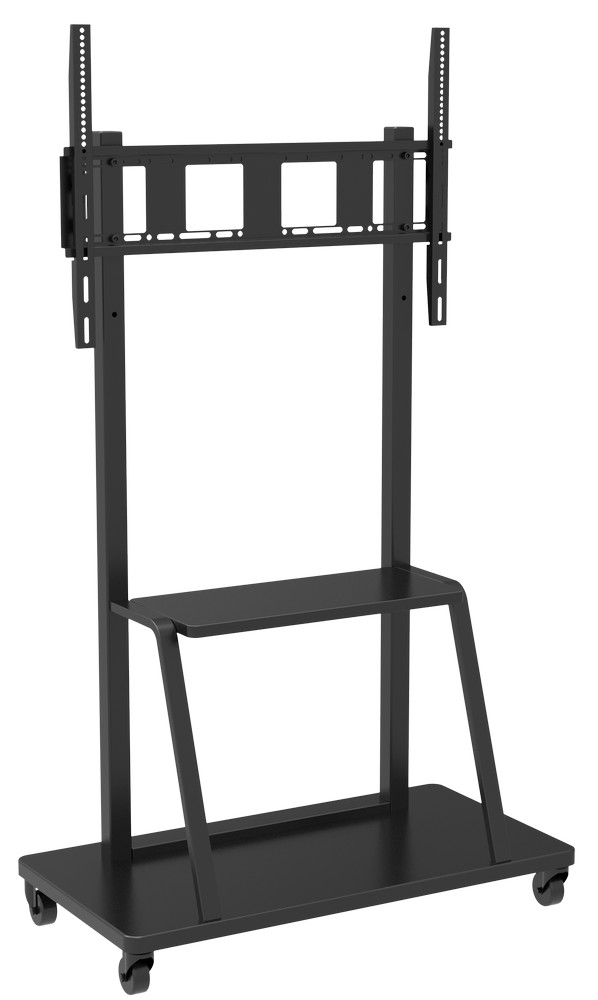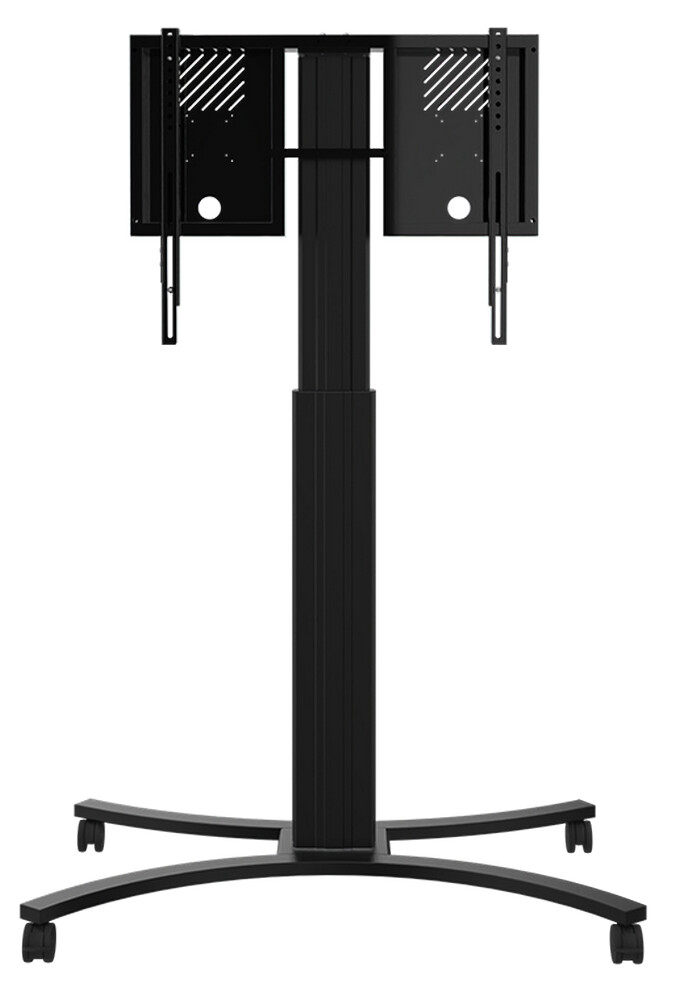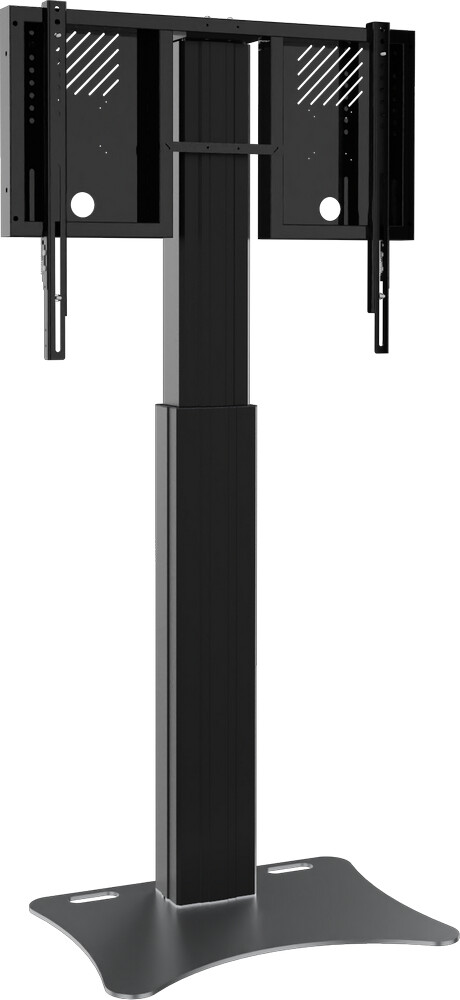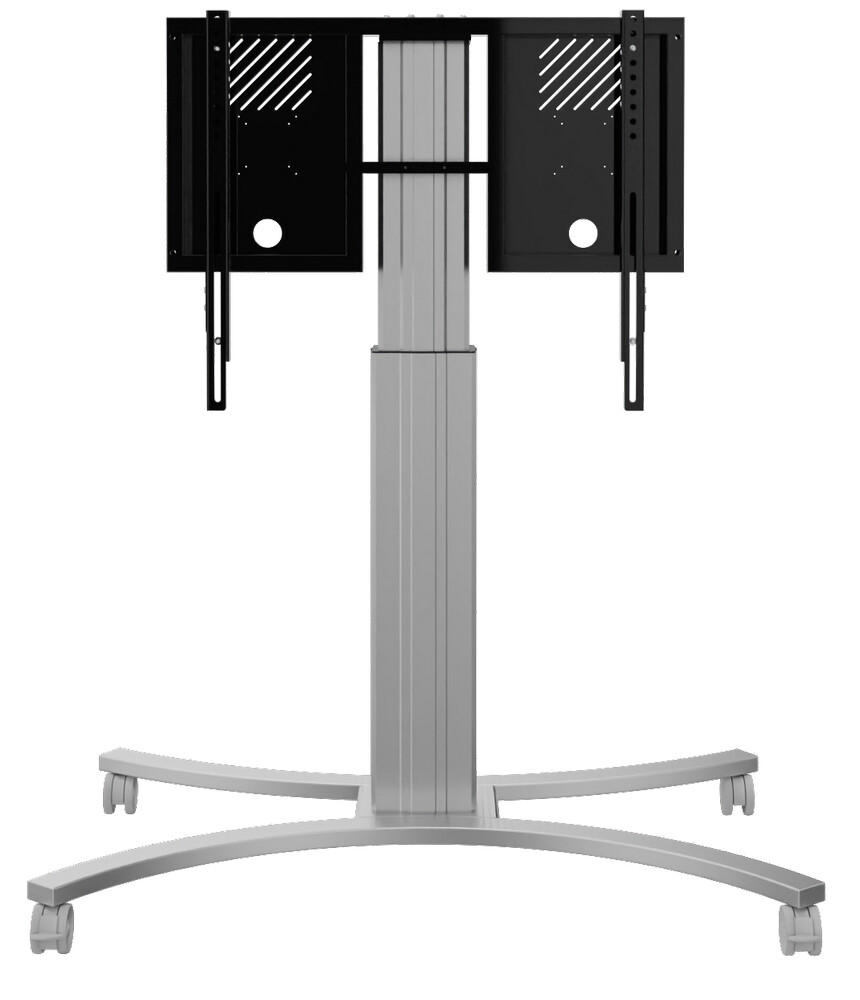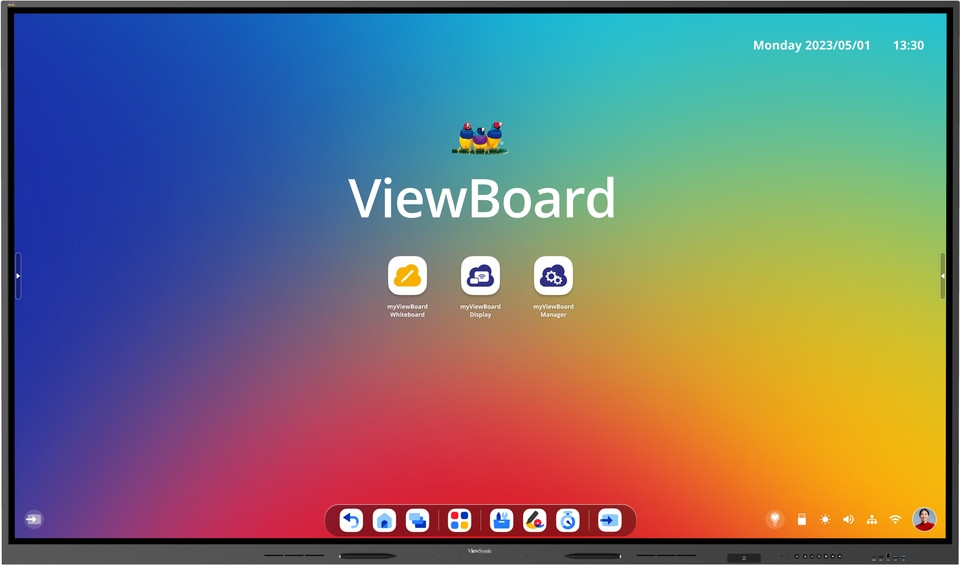



































£14,939.88*
- Resolution 3840 x 2160 4K UHD
- Max. Brightness 450 cd/m²
- Panel type IPS
- Contrast Ratio 1,200 :1


Frequently purchased together
Product information
ViewBoard® 110" 4K Interactive Display
Designed specifically for educators and presenters, the ViewBoard® IFP110G offers an immersive experience for large-scale presentations with its large 110-inch screen. Its intuitive launcher ensures seamless navigation, complemented by Google, Microsoft, Apple and NFC card single-service login options for convenience and security. To facilitate efficient presentations and collaboration, it has an integrated 8-array microphone that improves audio quality, as well as features such as wireless casting and the single-cable USB-C solution that optimises connectivity. Fully integrated with ViewSonic software, the IFP110G offers a comprehensive solution perfect for the dynamic requirements of presence or hybrid scenarios.
Visualise ideas on a large scale
The ultra-large 110-inch screen - the equivalent of four 55-inch screens - makes teaching a captivating experience. The generous screen area provides an expansive canvas for students to immerse themselves in and be inspired by. The 120 Hz refresh rate ensures that even the most dynamic content is displayed with crystal clarity, without blurring or tearing.
Overcome communication barriers
Experience the highest level of audio clarity with the integrated 8-microphone array and speakers. Noise-cancelling technology captures every word with precision, ensuring everyone can be heard crystal clear during hybrid meetings and in the classroom. The speakers and powerful subwoofer add depth to every sound.

Uncompromising performance
With an octa-core CPU and the latest Android 13, the IFP110G delivers the performance you need. Experience broader compatibility with your favourite third-party apps and benefit from robust security features complemented by sliding apps on the home screen for a truly personalised user experience.

Protect your eyes
The IFP110G prioritises the well-being of students and teachers, seamlessly integrating flicker-free technology, a blue light filter and anti-reflective coating to ensure crystal-clear vision in all lighting conditions. This allows students to concentrate even during longer learning sessions without eye fatigue or distraction.

Type and go
Unlock the ViewBoard with a quick tap on an NFC card and get instant access to your personalised settings and accounts, including myViewBoard, Google and Microsoft, all protected from unauthorised users.
Master multitasking
Master your workflow with versatile multitasking functions. Seamlessly display applications or content from an external device with split screen or floating windows, opening up new possibilities for truly dynamic workflows and presentations.

Attract attention with the 3-in-1 AirPen
Present yourself confidently by connecting the AirPen. With the Air Mouse, Laser and Spotlight Pointer functions, you can move freely to give impressive presentations while effortlessly maintaining control of the display.
Accessories for every teaching requirement
Whether you add a slot-in PC for more power, a webcam for immersive virtual learning, a motorised trolley for effortless mobility or a document camera for workflow capture, the extensive range of accessories allows you to adapt the IFP110G to your teaching needs.

Unlock the potential of your students
Captivate your students, stimulate their minds and pique their curiosity with myViewBoard. Whether you're presenting in person or online, the intuitive whiteboard tools allow you to streamline lesson planning and deliver multimedia, interactive lessons that captivate.

Get rid of cable clutter
The comprehensive connectivity is complemented by three conveniently located USB-C ports. As a one-cable solution, they streamline your workspace and ensure fast multimedia playback, smooth data transfer and charging of devices with up to 100 W.

Seamless screencasting
Easily cast your device's screen to the ViewBoard with Display. This integrated service enables instant sharing from compatible web browsers for a smooth and optimised presentation experience - without any cables or additional applications.
Collaborate with wireless casting
Enjoy advanced casting capabilities with the pre-installed vCast, which allows six devices to cast simultaneously to the ViewBoard from desktop and mobile devices to the 110" display. Discover the versatility of split, extended and grouped screen options or effortlessly broadcast classroom content to connected devices.
Technical data
| Name | ViewSonic IFP110G 110" Touch display |
|---|---|
| Article number | 1000030889 |
| GTIN/EAN | 0766907025293 |
| Manufacturer SKU | IFP110G |
| Model name | IFP110G |
| Brand | ViewSonic |
| Product Type | Touch display |
| Technology | LCD |
| Panel type | IPS |
| Resolution | 3840 x 2160 4K UHD |
| Diagonal | 110" |
| Aspect Ratio | 16:9 |
| Viewing angle - Horizontal | 178° |
| Viewing angle - Vertical | 178° |
| Contrast Ratio | 1,200 :1 |
| Screen finish | Matt |
| Max. Brightness | 450 cd/m² |
| run-time | 18/7 |
| Response time | 8ms |
| Refresh Rate | 60Hz |
| Support - VESA | 1000 x 600 |
| Operating system | Android |
| RAM | 8 GB |
| Inputs | 1x 3,5mm Jack , 1x Displayport , 1x RS232 , 1x VGA , 2x Ethernet , 3x HDMI , 3x USB-B , 3x USB-C , 5x USB-A |
| Outputs | 1x 3,5mm Jack , 1x HDMI |
| wireless technology | WiFi |
| Features | Flicker Free , Integrated speaker , Touch screen |
| Product width | 250.71 cm |
| Product height | 147.48 cm |
| Product depth | 9.68 cm |
| Weight | 120.2 kg |
| Colour | Black |
| EEK Spectrum | A to G |
| Delivery contents | HDMI Cable , Power cable , Remote control , USB cable |
| Condition | New |
| Warranty | 60 Month |
| Warranty type | Onsite Repair Service and support information |
Product safety
| Person responsible for the EU |
|---|
| ViewSonic Technology GmbH |
| Fürst-Leopold-Platz 1 |
| 46284 Dorsten |
| Germany |
| sales-uk@viewsonic.com |




